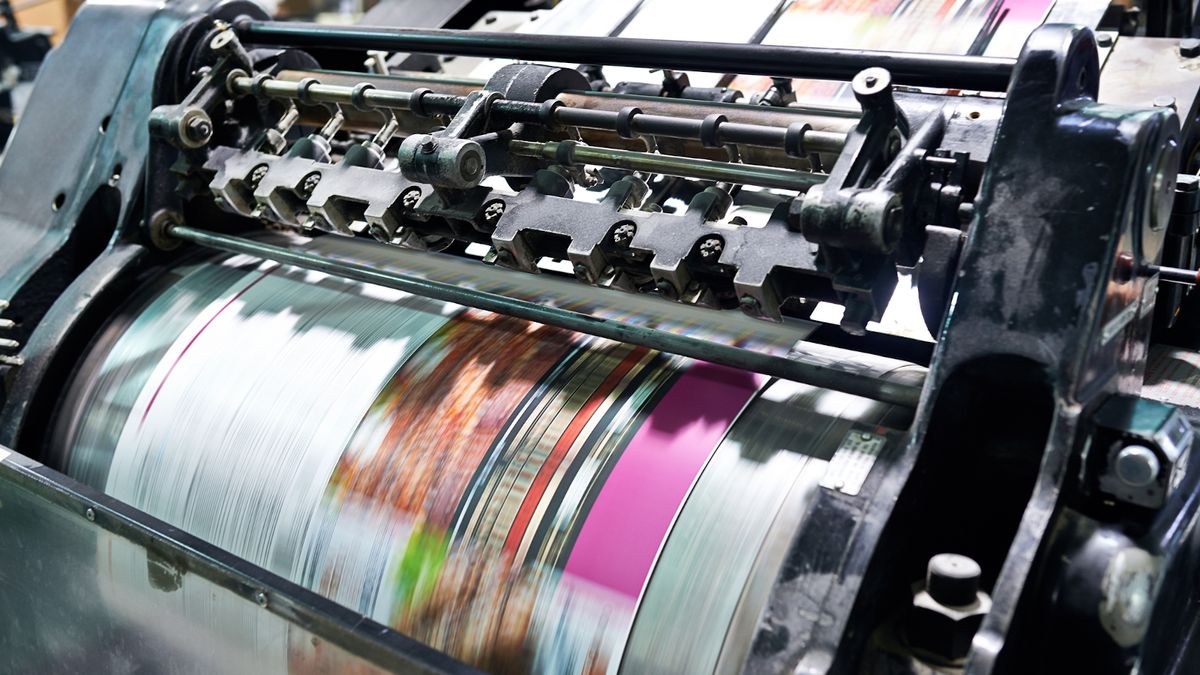In the bustling world of printing, knowing how to mirror image to print on transfer paper is like having a secret power. This is a skill often used by both business professionals and hobbyists in graphics and design. Let’s embark on an exciting journey to explore the potent universe of mirroring images.

Understanding Mirror Image: Big Step One
First, lets comprehend what a mirror image actually is. Its as if you’re seeing the design through a looking glass. This is crucial when using transfer paper, as it ensures that the final print is oriented correctly when applied to fabrics.
Why It Matters
The significance is tremendous; imagine printing text only for it to be backwards! By correctly mirroring, we achieve perfect clarity and precision.
Choosing The Right Software: Technology Matters
Selecting the appropriate software is a tremendous step in the printing process. Popular software like Adobe Photoshop, GIMP, or simple applications such as Microsoft Paint can do the job efficiently.
Photoshop: A Terrific Tool
Photoshop might look overwhelming, but it offers fantastic features. Open your image, select Image then Image Rotation, and flip horizontally. Voila! You have a mirrored image.
Mirroring Before Printing: An Approved Approach
Getting into the habit of mirroring before printing will save you headaches and wasted materials. Always double-check the mirrored image before sending it to print.
Print Setup and Settings
Set your printer to its best quality settings to ensure the output is crisp. Check for alignment issues or shadowed areas in your print preview.
Types of Transfer Papers: A Delighted Overview
Selecting the appropriate transfer paper is essential. There are different types suited for light or dark fabrics, each with unique properties. Understanding these helps prevent printing mistakes.
Light Fabric Transfer Paper
Best for lighter materials, ensuring vivid colors come through without color distortion. Check the manufacturer’s instructions for the correct heat and pressure settings.
Testing Your Work: A Terrific Habit
Always test on a small area to ensure your technique and settings are correct before proceeding to larger prints.
Trial and Adjustment
Sometimes, you might need to adjust your printer settings or even the design brightness. Be prepared for some trial and error.
Using Print On Demand: Tremendous Opportunities
Print on demand services offer an exciting avenue for designers. These services take care of printing logistics, helping you focus on creating stunning designs.
Leveraging Technology
Explore various platforms that can print and ship your designs, reducing overhead costs and increasing productivity.
Conclusion: Final Big Thoughts
Learning how to mirror image to print on transfer paper can be a delightful skill, opening doors to impressive projects and applications. Keep experimenting and honing this craft.

FAQs
Why should I mirror an image before printing?
Mirroring ensures your design prints in the correct orientation, specifically when applied with transfer paper to another surface.
Can regular printers handle transfer paper?
Most regular inkjet printers can handle transfer papers, provided they are compatible.
What should I do if my image doesnt mirror?
Check your software settings. Ensure you are selecting the correct options to flip your image horizontally.







